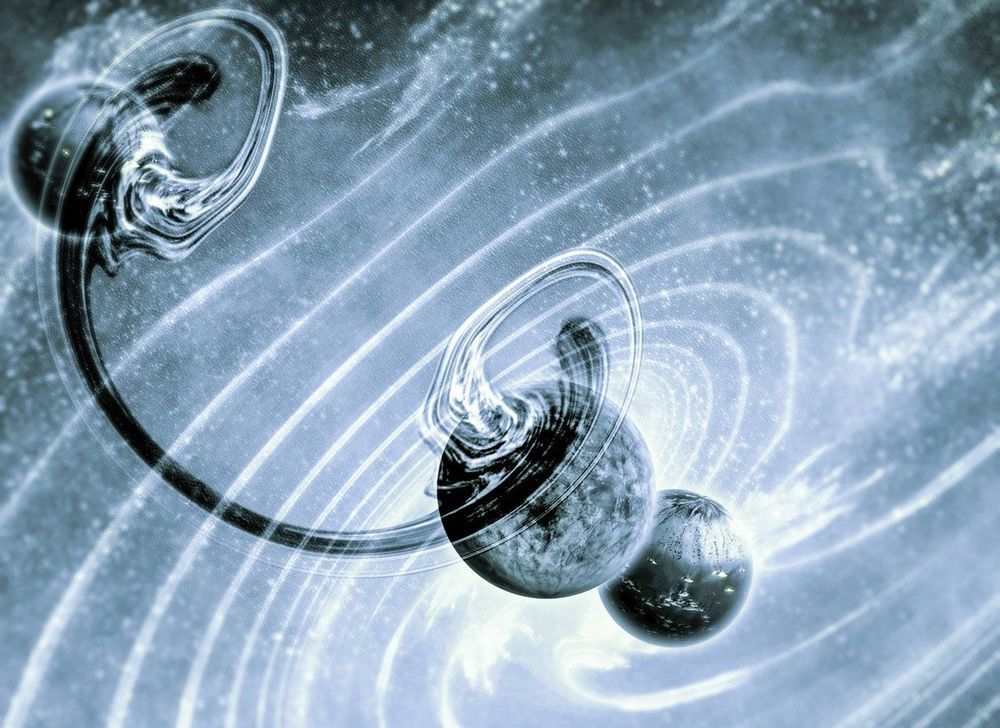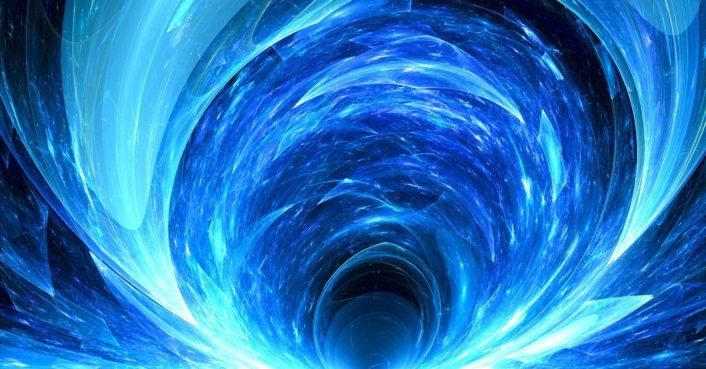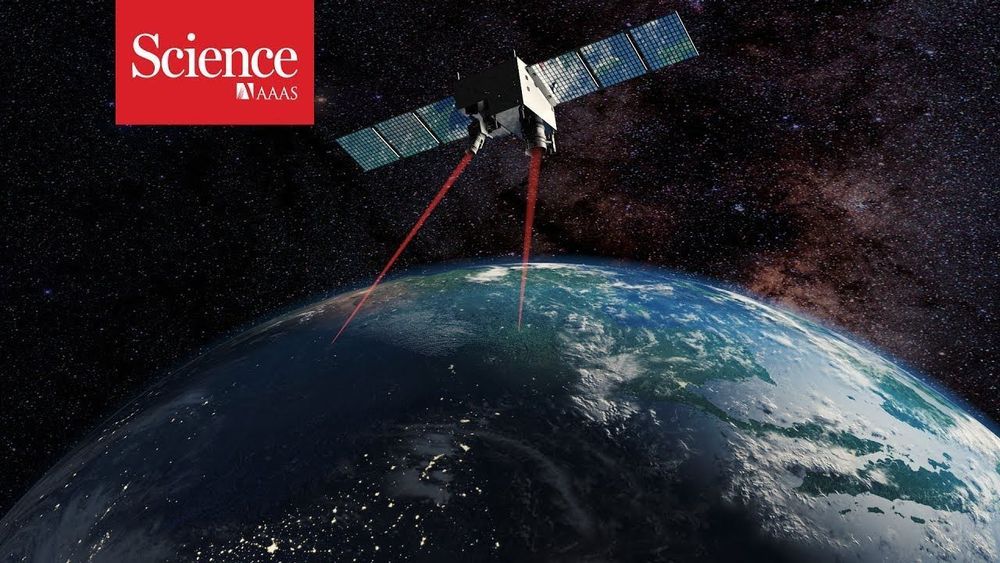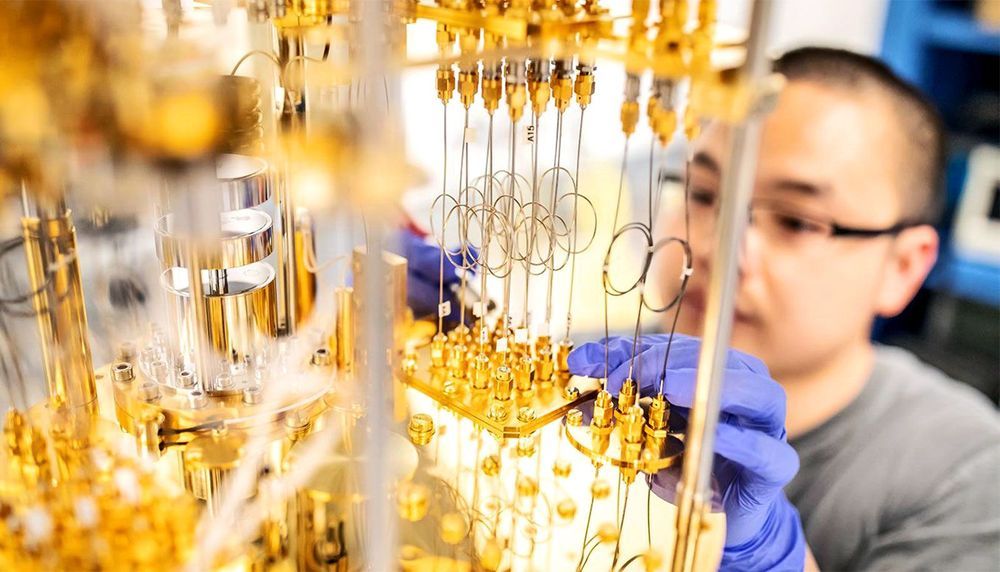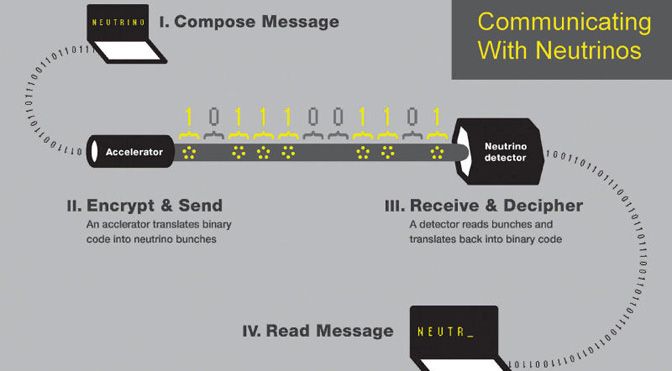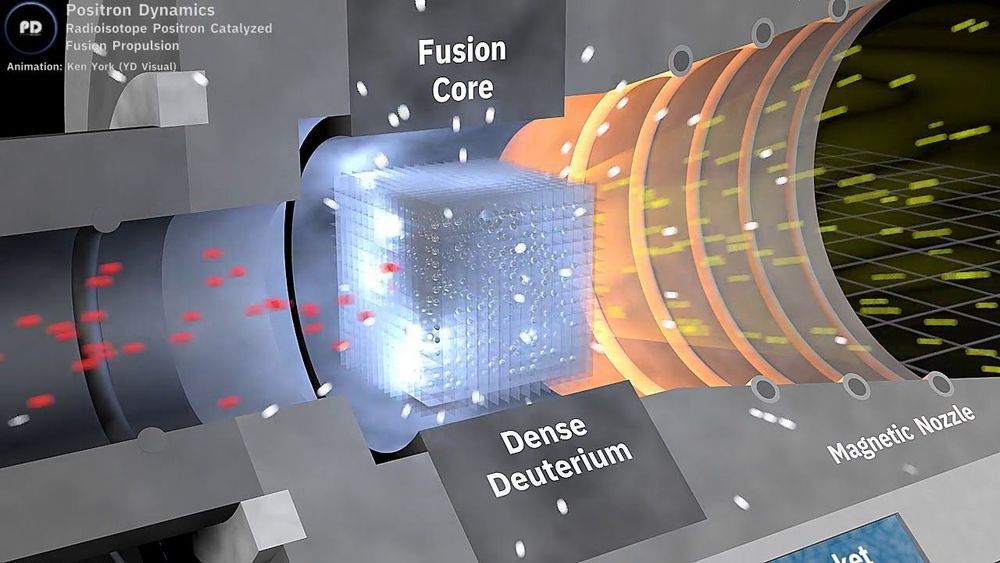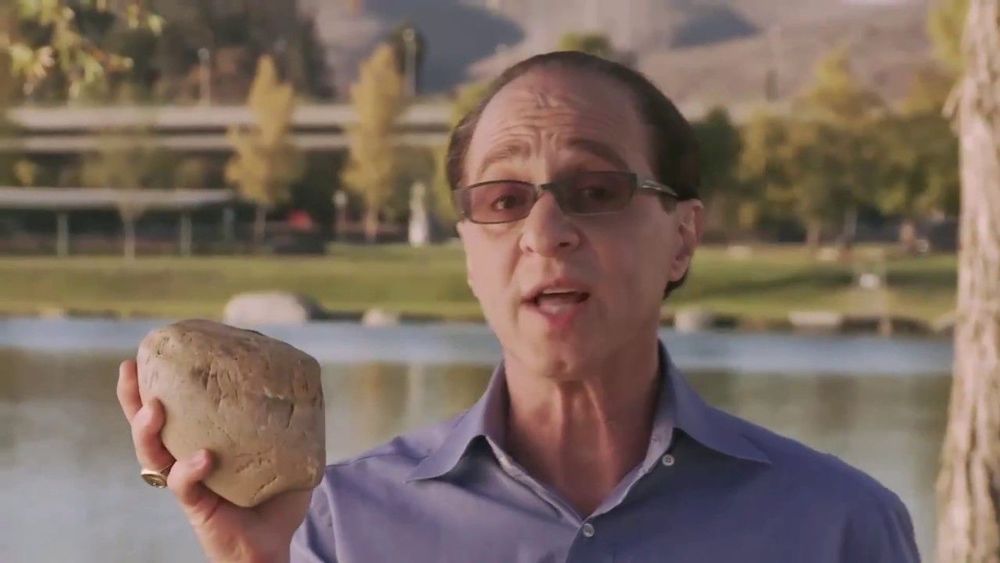May 17, 2019
Physicists Think You Could Be Rescued from a Black Hole — But Don’t Risk It
Posted by Quinn Sena in categories: cosmology, quantum physics
DENVER — Researchers have developed a new, unspeakably dangerous, and incredibly slow method of crossing the universe. It involves wormholes linking special black holes that probably don’t exist. And it might explain what’s really going on when physicists quantum-teleport information from one point to another — from the perspective of the teleported bit of information.
Daniel Jafferis, a Harvard University physicist, described the proposed method at a talk April 13 here at a meeting of the American Physical Society. This method, he told his assembled colleagues, involves two black holes that are entangled so that they are connected across space and time.
